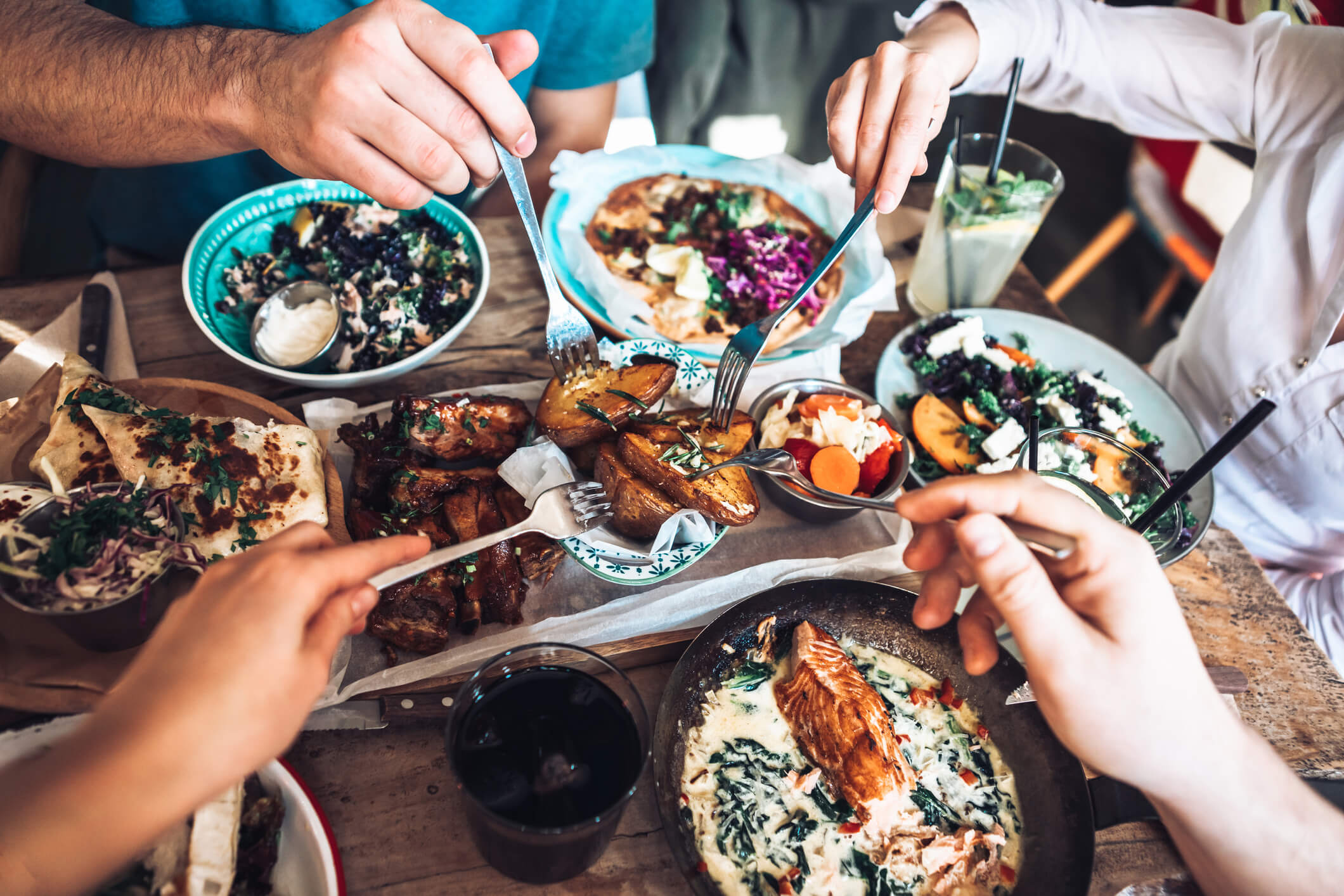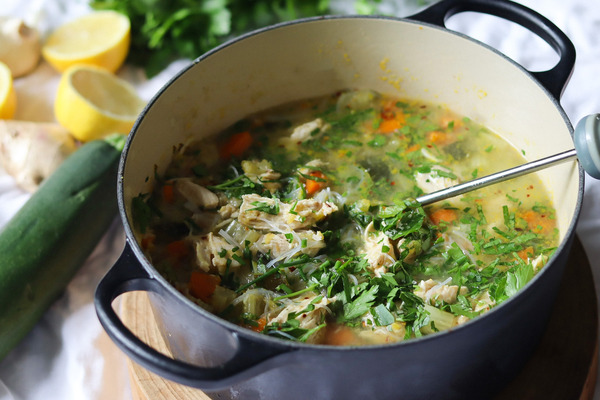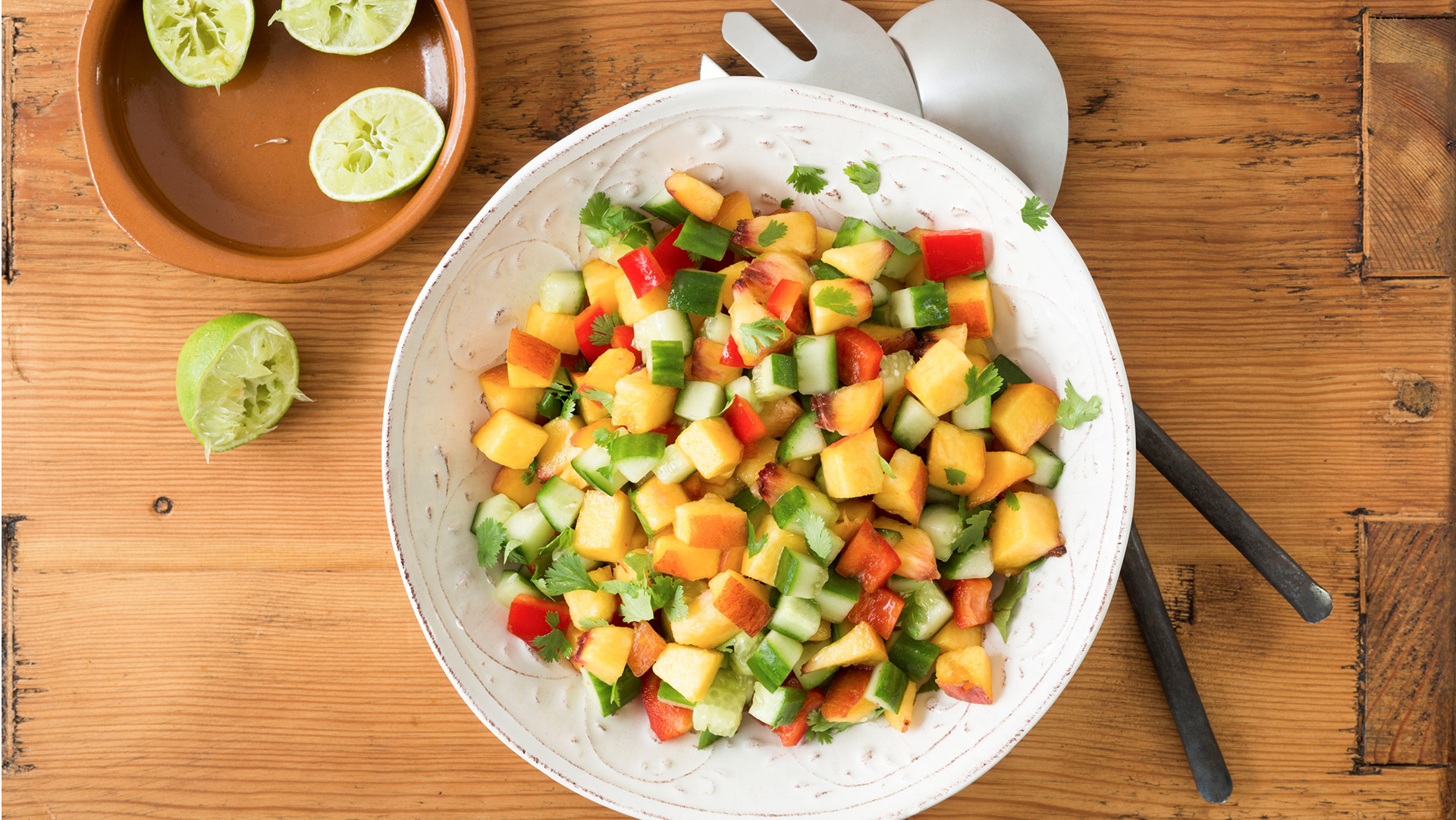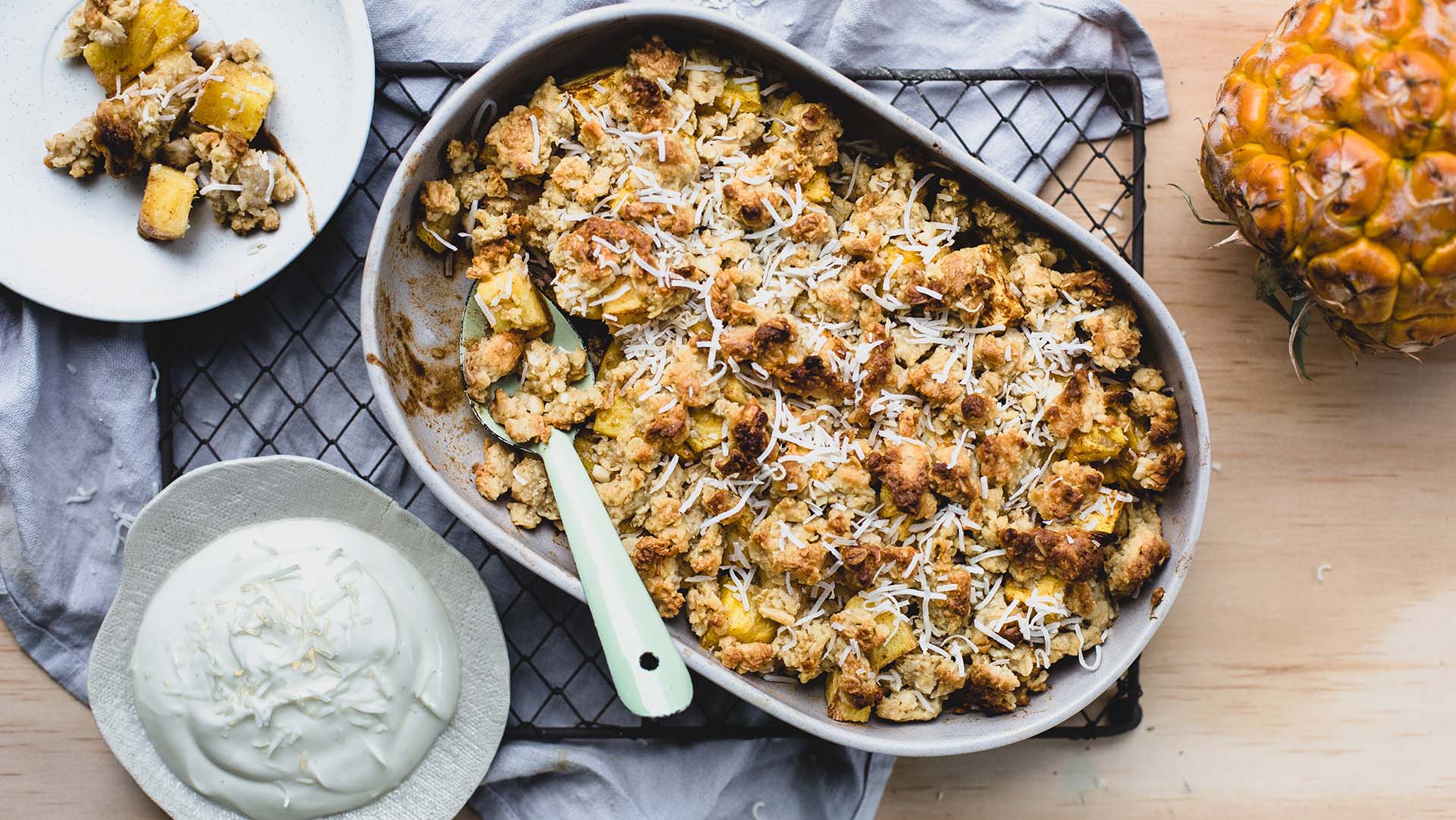-
Eating out in your favourite restaurant or fast-food place is usually seen as a ‘treat’, and often for good reason. When we don’t cook our own food, we’re likely unaware of the ingredients and cooking methods that have gone into our dish. So, does that mean we should avoid eating out altogether? Accredited Practising Dietitian Maria Packard tells us that being mindful of what we order and making a few simple swaps is all it takes to turn your fast food into something more balanced.
In recent years, fast-food restaurants have been offering more so-called ‘healthy options’. There are now gluten-free buns, sweet potato fries, and an abundance of salads to tantalise our taste buds. But are they really as healthy as we think they are? Perhaps unsurprisingly, sometimes companies will use words that make our minds see ‘healthy’ when the truth is a little different.
What's on the menu?
So, what can you do to enjoy your favourite menu items if you’re conscious of being misled? The answer could be as simple as asking some simple questions, and swapping certain ingredients for healthier ones. Dietitian Maria Packard is well-versed in the terms our foods are treated to, and says, “the biggest one I usually see is the term ‘natural’. It’s not a regulated term. It doesn’t automatically mean the food is healthy.”
She also lists the term “organic” as one to be careful of. “It’s just a sign to ask more questions, really. Ask more about what types of fats [are in the dish], and how they cook them. Do they make them in house or is it commercially made?” If you’re unsure of just how healthy (or unhealthy) a dish might be, try asking for the specific nutritional components, or ask for an ingredient to be replaced. For example, why not ask for your toasted buns to be replaced with leafy greens, turning your burger into a salad?
READ MORE: Healthy eating made easy
Knowing the right questions (and swap options)
Maria advises that we might assume some foods contain fewer kilojoules simply because of one or two ingredients. She says sweet potato fries are a good example of this, as they are still deep-fried, and therefore very high in energy. “It’s probably not the best way to have them [sweet potatoes]. You see what you think is the healthier option, like a vegetable, but the way it’s cooked… you might have other considerations.” Desserts and snacks can also pose a similar problem. She warns to be careful of items that have seemingly healthy ingredients like coconut, but have very high saturated fat levels. “A person may not be aware of how much they are consuming.” Instead of making these common nutrition mistakes, it’s always best to go for fresh foods that have been prepared in a healthy way - think veggies, fruit and lean protein that have been boiled, steamed or grilled as opposed to fried.
Making a healthy swap can be especially easy and delicious when it comes to dessert items. Who needs chocolate on your plate when you can ask for a serving of blueberries to get your sweet fix? It’s also always worth spending some time exploring the menu so that you understand what the kitchen has available. Although not every restaurant will be able to cater to every whim, you might be surprised by the availability of certain ingredients that you can ask to be included in your meal. Zucchini strips instead of pasta, anyone?
4 healthy tips for eating well while eating out

-
A nutrition equation
Maria’s general advice for healthy eating, whether it’s a home-cooked meal or dinner out at your favourite restaurant, boils down to a simple proposition. “Make veggies the hero of your dish.” She says most dishes will lean on the healthier side if they follow her guide to dish composition. “Think about half of your plate having lots of veggies, a quarter of your plate [having] really good, quality-based protein (think things like lean meat, seafood, fish and tofu) and then also consider wholegrain (like rice, quinoa and wholegrain pasta) [for the final quarter].”
Maria says that it’s also a good idea to “think about the variety you’re getting in your intake” when planning out your meals, and to keep moderation in mind when it comes to treats. “You can still enjoy your ‘extras’, the things that might be more of a treat, but it’s about taking that balanced approach.” When it comes to eating out, think about ordering a side of tasty veggies to replace the included fries or salt-heavy mash. You might be surprised by how much you enjoy your meal compared to what the menu listed!
READ MORE: 10 simple, healthy lunch ideas
4 top swaps for when you’re out
1. Carbs for colour.
Before reaching for the bread basket or chicken wings, make sure you’ve got plenty of vegetables on your plate. Maria advises, “Filling up on veggies is key. Even order an extra side of veggies.” She also says to keep an eye out for dishes with vegetables that look “really colourful, [as it] tends to mean there is a lot more variety in terms of nutritional value.”
2. Deep-fried for steamed.
How your meal is cooked can make a big difference — not just to the calorie count, but also to its health factor. “Is it grilled, is it deep-fried, steamed? Go for the healthier cooking choices, like steamed as opposed to deep-fried”.
3. Large for small (or shared).
Keep an eye on your portion sizes, especially when eating out. “How big are the plates or the serving sizes? Is it something you can share with someone?”
4. Soft-drinks for water.
“Water is the best beverage of choice. [It’s] the best thirst quencher and very low on energy. Or, if you have another beverage, maybe [think about] swapping between.” Maria suggests switching between water and other beverages during a meal, especially for sugar-heavy drinks like soft drinks and alcohol.
In terms of general eating out tips, Maria says that it’s important to be wary of ingredient add-ons. We’ve all ordered a meal that comes with an additional dish, from chips to bread to doubles of certain ingredients, and Maria recommends thinking about whether you need the extra food, or asking if you can have your meal without. She’s also a firm believer in not being afraid to ask questions about your meal. “What kind of ingredients are in there? Don’t be afraid to ask for a swap if there’s something different that you prefer on the menu.”
-
Is sharing a meal the secret ingredient to a happier life?
Why social connection may be the most important ingredient on your plate.
-
Chicken soup with parmesan, rice, peas and lemon recipe
Nourishing chicken soup
-
The best immunity-boosting foods
Key nutrients to focus on that could help to boost your immunity, and the how to get them.
-
Comforting chicken noodle soup
Packed with anti-inflammatory ingredients including leek, garlic and ginger, this chicken noodle soup is hearty, full of goodness and great for any night of the week.
-
Peach salsa recipe
Zesty and unusual peach salsa recipe
-
Pineapple gingerbread crumble recipe
A summer riff on a winter classic.





